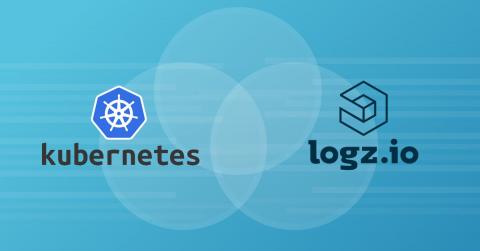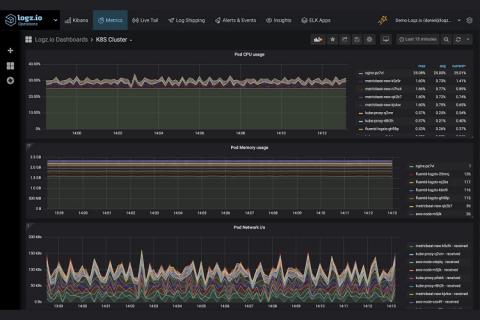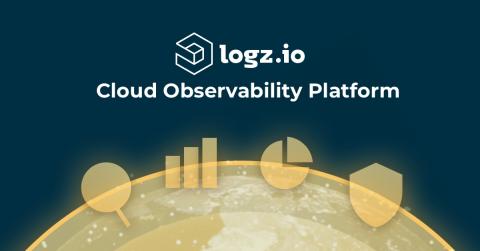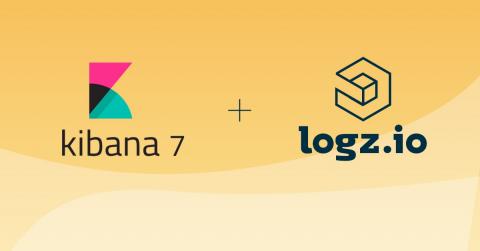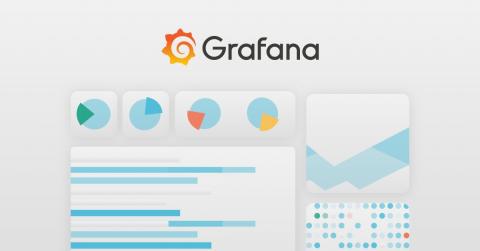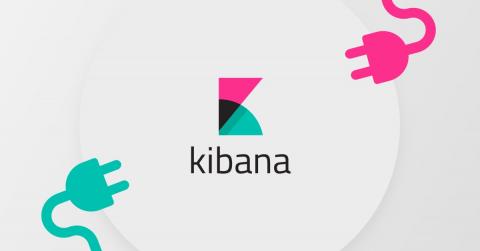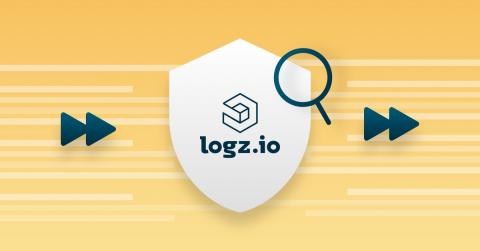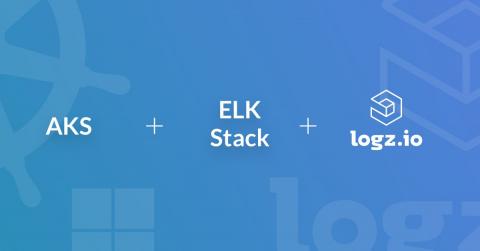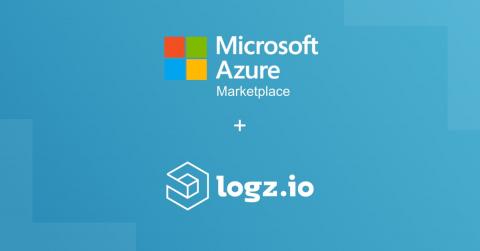Kubernetes Observability with Logs and Metrics in Logz.io
Yesterday, we announced the beta release of Logz.io Infrastructure Monitoring — our Grafana-based monitoring solution, and the planned release of a Jaeger-based tracing solution. These additions to our platform complement our ELK-based Log Management product, together constituting what is the world’s only open source-based observability platform for monitoring, troubleshooting and securing distributed cloud workloads.


